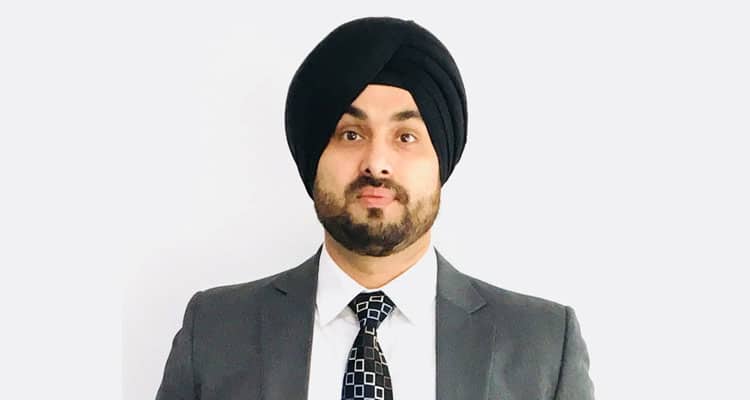Amarjeet Singh Tak, Strategic Business unit Head (SBU Head) Microsurgery, ZEISS Medical Technology in an interaction with Express Healthcare highlights the role of early detection in breast cancer treatment and explains about his company’s recently launched intrabeam technology
Tell us about ZEISS Intrabeam technology. How will it be a game-changer in breast cancer treatment?
Specific to conventional radiotherapy treatment with linear accelerator post-surgery offered to patients – this is how it works: Once the tumor is removed, radiotherapy treatment sessions have to be conducted which will last for 4 to 6 weeks. depending on the treatment plan made by the radiation oncologist. This type of radiation therapy targets only the tumor. But it is also likely to affect some healthy tissue surrounding the tumor-like heart, lungs, etc. which is not desirable. Outstation patients also face inconvenience as they have to travel multiple times to metro cities where most of the radiation centers are located.
The procedure of Intra Operative Radiotherapy (IORT) which is what ZEISS INTRABEAM provides is a single session procedure and takes less than 45 minutes to complete during the time of surgery. A single dose intra-operative radiotherapy given after the removal of the tumor has similar to better outcomes when compared to whole breast radiotherapy without the additional risk to vital organs (heart & lungs) and the challenges of traveling to the hospital for multiple weeks for radiotherapy sessions.
Also, since the IORT is delivered immediately after the removal of the tumor so there are no chances of regrowth of the tumor when compared with conventional radiotherapy where the patient has to wait for a few weeks before starting the treatment (radiotherapy). 30 days of treatment delivered in 30 minutes.
Are there any limitations or challenges while using this technology?
As the tumor size of the target patients is defined for choosing them as the target for this therapy; The technology only can support early detected breast cancers. As most breast cancers get detected on later stages, IORT cannot cater to those patients.
Can you throw some light on the scalability and adaptability of this technology in the Indian healthcare system?
Breast cancer ranks as the number one cancer affecting Indian women with an age-adjusted rate that is as high as 25.8 per 100,000 women and a mortality of 12.7 per 100,000 women. The incidence rate of carcinoma of the breast was found as high as 41 per 100,000 women for Delhi, followed by Chennai (37.9), Bangalore (34.4) and Thiruvananthapuram district (33.7). Breast cancer projections for India during the time period of 2020 suggest the number could be as high as 1797900. Better health awareness and availability of breast cancer screening programs and treatment facilities would go a long way in enabling a favorable preventive ecosystem that can help minimize the risk of breast cancer across the country.
Do you think the Indian healthcare system is still recessive towards the adoption of such technologies?
Any new technology takes its due time and course to be accepted into a system. As the conventional method of Radiation is being practiced for a very long time, there is a long way to go for intrabeam to become the preferred choice of surgeons.
How do you see the future of this technology in the Indian market? How are you planning to expand it?
The future of treatment of breast cancer caught at an early stage is surely IORT. We are present globally across more than 300 centers and are committed to making IORT the standard treatment for early-stage breast cancer surgery. Looking at the current need and growing incidence of breast cancer in India, we aim for all major onco-surgical hospitals to have ZEISS INTRABEAM to serve their patients. ZEISS Meditec is also investing 10 million Euros annually in CARIn (Center for advance research in India) as it launches the IORT Innovation Lab to boost cancer research in India. The IORT lab will be the center of innovation and experimentation to develop solutions to make IORT technology more affordable and provide better outcomes to patients. CARIn, currently, has 170 software and automation engineers, data scientists, clinical and quality specialists who are working on innovative solutions to advance microsurgery.
- Advertisement -


